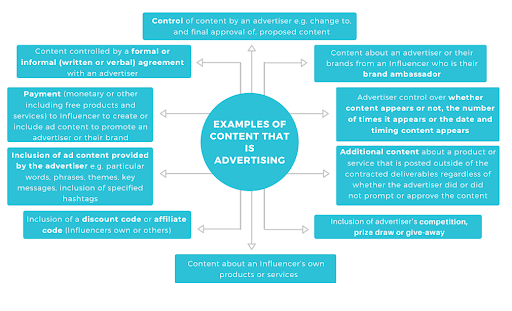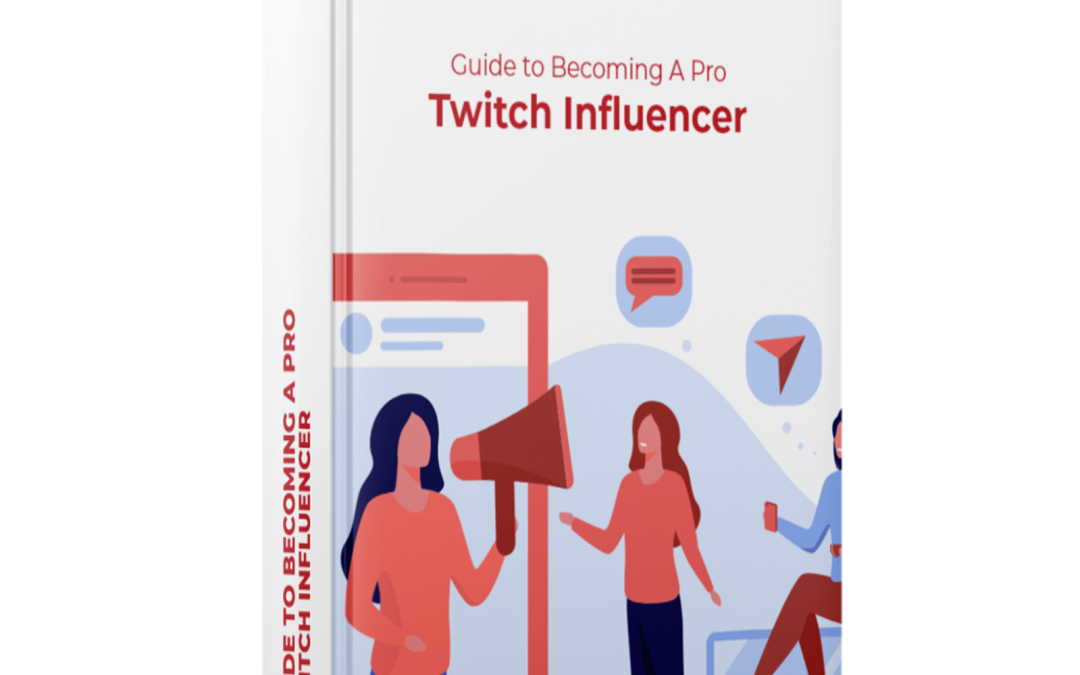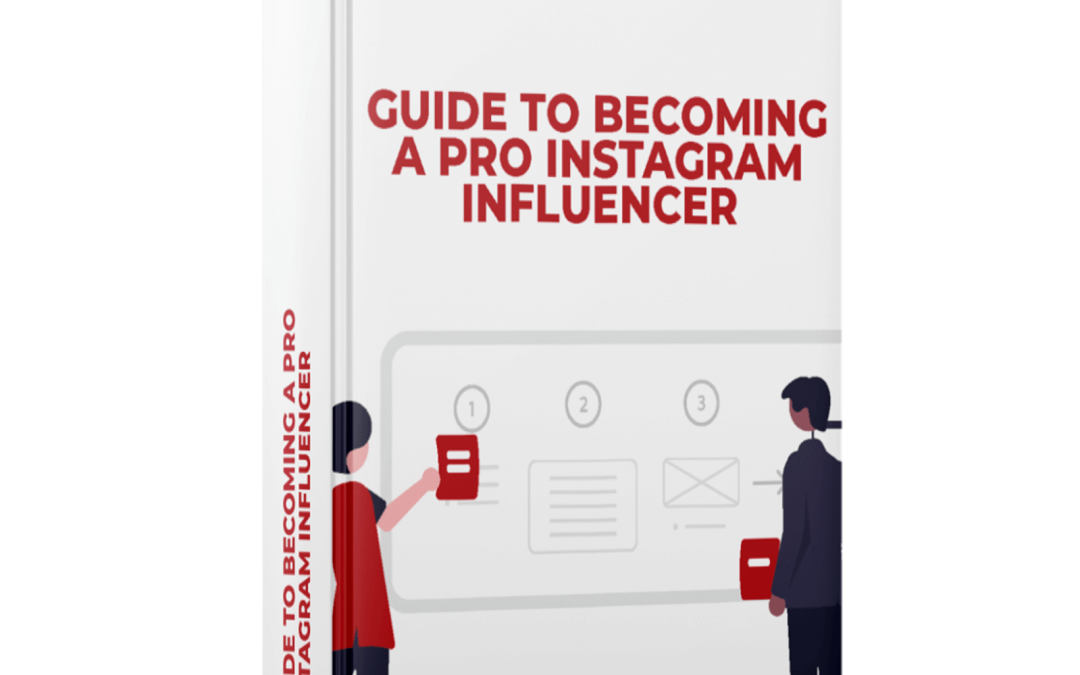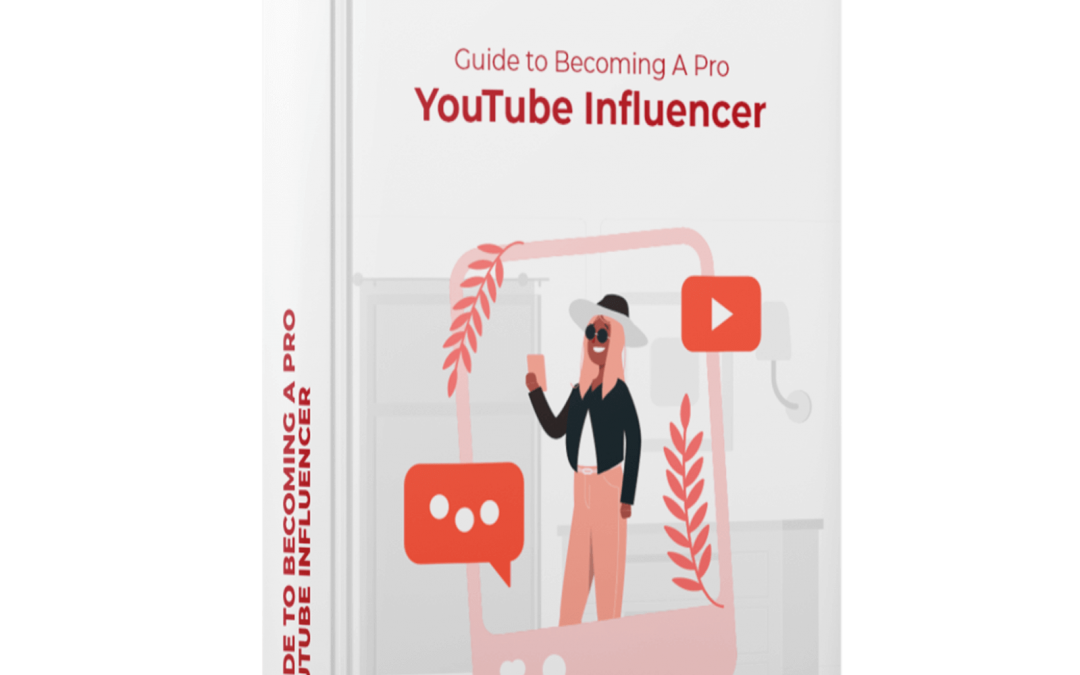FTC guidelines and ASA rules came into effect when influencer marketing caught speed, it came under the radar of the watchdogs. The foggy paid partnership relations in the industry have come under fire from the Federal Trade Commission (FTC) and the Advertising Standards Authority (ASA).
The internet generation values honesty and authenticity on social media. Lack of clarity has led the FTC (in the USA) and ASA (in the UK) to lay out the roadmap for the influencers when they enter paid partnership deals.
Having clear guidelines for influencers going ahead is beneficial for both influencers and brands. Understanding the rules and following them is equally important. With these rules, meant to safeguard consumers and bring some order in the digital marketing industry, comes a little responsibility for both influencers and brands. Armed with the knowledge of these rules, influencers can go about monetizing their influence freely!
What Do Influencer Guidelines Say?
While influencer marketing has a rich history, it has evolved over time. But endorsing products is like walking on a tightrope. Let’s take a look at what the watchdogs want influencers to watch out for:
FTC guidelines for influencers
The FTC guidelines for influencers are crystal clear. The rules state that the influencers must reveal their relationships with brands when making collaborative posts. This is done so that followers don’t confuse an ad with the influencer’s organic post. Anyone violating these rules could be penalized with fines and legal fees.
Here’s the gist of the FTC guidelines that every influencer should keep handy:
- Don’t make claims not backed by science.
- Don’t lie if you haven’t used the product.
- Avoid the use of filters when promoting beauty products.
ASA guidelines for influencers
According to the ASA, “Advertisements are any message, the content of which is controlled by the advertiser directly or indirectly. These could be expressed in any language and communicated in any medium, but the real intent behind the advertisements is to influence the choice, opinion or behavior of the target audience.”
The ASA rules state that an influencer’s payment in exchange for posting the content is not limited to money. This includes free product or service, credit, event tickets, travel, and product loans. Understanding intent is of utmost importance. If an advertiser uses an influencer to promote their products, services, or brand, it is ad content. If the influencer content is about a product or service and is in return for some form of payment, it is an ad.
Here’s all that you need to know about ASA guidelines for influencers:
- Any marketing-related communications must be identifiable as an advertisement.
- Email marketing communications should also be identifiable as marketing communications even before someone opens them.
- No marketing-related communications should imply that the marketer is a consumer. Influencers must make their commercial intent clear.
- Label advertorial as “advertisement feature.”

Figure 1: Examples of content that should be labeled as an advertisement under the ASA guidelines. Source: ASA AdHelp
Why Are Disclosures Important?
Rules are meant for consumer protection and bringing influencer marketing under the preview of the authorities. These days, the loyalty generated online has led to consumers holding the words of influencers very highly before making a purchase.
With influencer guidelines, the FTC primarily wants to protect the gullible consumers and promote competition in the market while having an eye on the global economy. This is just a step to stop any unfair, deceptive, or fraudulent practices.
Just like the physical marketplace, consumers need to be protected from unfair means also on social media. Thus, the decree on influencers to disclose posts as advertisements. The authorities want influencers to be as transparent as possible with their audience, especially when endorsing or recommending products.
These guidelines will help influencers stay truthful and transparent and hence more likable. People like to make informed choices, and by being honest, you as an influencer are doing your job more responsibly. When an influencer discloses their relationship with a brand, people are more likely to appreciate honesty. Thus, increasing their credibility manifold.
If the advertisement is not appropriately disclosed, it can cause consumers to question the influencer’s integrity. Influencer marketing works because influencers share a trust bond with their audience. It is this trust that ultimately manifests itself as engagement.
Moreover, when an influencer posts both organic content – which is not paid, in any form – and advertisements, it is difficult for followers to differentiate between the two. It is thus pertinent for an influencer to identify the advertisements.

How To Disclose?
Now, let’s find answers for how to disclose paid partnerships.
Under the FTC guidelines
- Disclose that it is an advertisement at a place that is hard to miss.
- The disclosure should be placed with the endorsement message itself.
- The disclosures are likely to be missed if these appear only in your bio, at the end of the post, or anywhere requiring a person to click more.
- Never put the disclosure in a group of hashtags or links.
- For platforms like Instagram Stories or Snapchat, superimpose the disclosure on the picture.
- While making an endorsement in a video, make sure the disclosure is a part of the video and not just in the description. Put disclosure both in audio and video.
- While live-streaming an endorsement, influencers should repeat the disclosure periodically for the viewers who join later or watch only a part of the entire stream.
- Use simple language.
- If placed correctly, explanations like “Thanks to [name of the brand] for the free product” are enough.
- Using terms like “advertisement,” “ad,” and “sponsored” can also serve the purpose.
- If working on a platform like Twitter, the terms “[Brand name] Partner” or “[Brand name] Ambassador” can be used.
- You can use hashtags like #ad or #sponsored to disclose your alliance with a brand, but it is not a necessity.
- Never use vague or confusing terms like “sp,” “spon,” or “collab,” or “thanks” or “ambassador.”
- Endorsement and disclosure should be in the same language.
- You can use the platforms’ disclosure tool, but don’t assume it is all you need to do. Make your disclosure clear as per the guidelines.

Under the ASA guidelines
When making a disclosure, in the regions where the ASA makes rules, you can use the following terms with or without the hashtags:
- Ad
- Advert
- Advertising
- Advertisement
- Ad/Advertising/Advertisement Feature
- Influencers may choose to include other labels, but not instead of these identifier labels. These terms provide followers with a greater understanding of the exact nature of the relationship between the influencer and advertiser.
- To identify the ad content, you can also use Branded Content or Paid Partnership tools available on various platforms.
Don’t use:
- Sponsorship, Sponsored content, Spon, #Spon, #Sp
- In association with
- Thanks to [brand] for making this possible
- Just @ mentioning the brand
Figure 2: How to label posts as per ASA rules. Source: ASA AdHelp
When To Disclose?
Under the FTC guidelines disclose:
- When you have any financial, employment, personal, or family relationship with a brand.
- When relationships are not just limited to money. If anything of value exchanges hands, then it is worth a mention.
- When you receive free or discounted products or other perks in lieu of you mentioning one of their products.
- Even if you assume that followers know about your relationship with the brand.
- Even if you think your evaluation of the product or service was unbiased.
- Even if you merely tag or like or pin a brand or product. These are also ways of endorsement.
- Even if you post from any country but target US citizens, the US laws will apply. Foreign rules may also apply.
- But you don’t need to disclose if you have no relationship whatsoever with the brand and are just telling people about a product you bought and happen to like.
Under the ASA guidelines disclose:
- When it’s not immediately obvious to consumers that content is an advertisement.
- In the first interaction with consumers, telling them that the content is an advertisement.
- When there is even an iota of doubt, consumers can confuse the identity of the content as organic.
- But no disclosure of the content of an advertisement is required if it is obvious and well understood by consumers that they are engaging with advertising by brands. For example, when a consumer is engaging with the Instagram account of a large retailer.
To ensure that endorsements are honest and not misleading, the FTC and ASA hold individual influencers responsible for complying with their laws. Understanding and following the rules gain pertinence as these are meant for the protection of the consumers. Influencers thrive because they have followers and people follow them because of their credibility. The rules check deceptive ads and give influencers a chance to remain honest with their followers.

Not just influencers, FTC are also crucial from the brand’s perspective if they want to avoid legal wrangle.
Being an influencer means you need to wear many hats at a time. Your job doesn’t end with a creative post. It can get overwhelming sometimes. But if you need professional help in getting better job opportunities, all you need to do is sign up. Our AI-based platform will easily match you up with the right brand. And there are no slip-ups since it is all automated. So, what are you waiting for? Contact our experts today!








